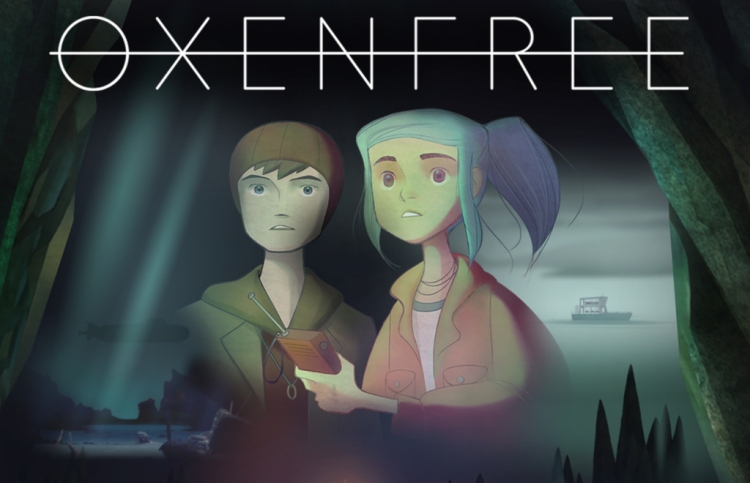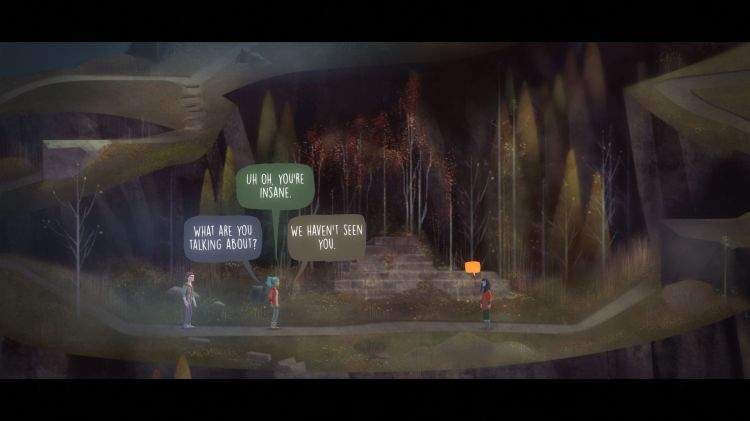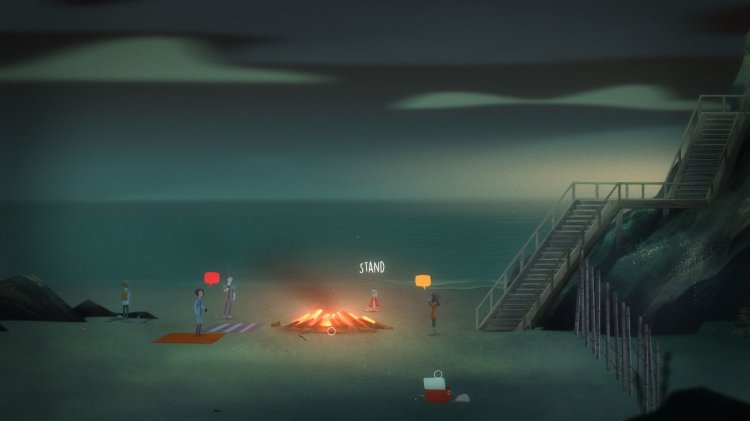Our world is a bizarre place. Our regular thought processes are severely limited, bound by the years of selective, institutionalized brainwashing. Hence the need to search for something that bucks the norm is innate and as primal as the human species itself. But it is not always the thrill of discovery that drives us. With the advent of social media, the slow death of private corners have shed light to dark corners of a human mind – the torrid spirals of which are not yet traveled by many; hence for some peeking into the unknown is through seances and EMF readers. and for some it is as simple (and hard!) as to life the veil of the human psyche.
Terribly enough, the culture of the millennium has often sacrificed the intricacies of conversations between two characters to focus on the haute-couture of atmosphere. While the prevalence of investing into the ambiance has paid off to capture the imagination for a brief moment, true masterpieces have often been story and dialogue driven rather than a melange of brilliant images. In between these two polar opposites, simple formulas like Doom proves time and again that sometimes people just want uncluttered pieces of entertainment that come without any baggage of expectations, but then those are one too few in a sea filled with AAA sharks that still want to squeeze every bit of milk from a beaten formula.

Oxenfree caught my eye in a video a couple of months back. In that video the developers, Night School Studio, were talking about human interactions in the society and how the game emerged as a development geared towards the reactionary impulses rather than a linear progression. That was interesting since in the paradigm of a video game, different endings were rather fueled by actions and presented as consequences for those actions, and hardly as a result of what you had said. In case of Oxenfree, the experimentation went one step further: the choices did not directly influence the game’s ending. but like real conversations they only built up or ruined relationships between its characters. For most, this open-endedness is rather confusing and ill-devised, but for some it is fascinating play, a foray into territories where the definition of a consumable media is dictated by a cocktail of art and curiosity. But then not all cocktails are Bloody Marys.
A relatively small download and around five hours of playthrough later, Oxenfree is something I wanted to talk about. This is a game where the premise is much simpler than previous story-heavy games that I had played, but that doesn’t mean that this is a slouch. The story in Oxenfree is weird – the kind of weird that makes you continue playing it. The story is layered, and yet the yarns around it are not difficult to pull apart, primarily to make you concentrate on the dialogues that form a majority of your experience – the discussions between people who often reminisce about their past, wish about their future, and do all the other things in between in their present. The visual experience of it mixes the colors of ageing with the colors of growing up, with bright splashes in between. Those patches are reserved for contacts and communications of a special kind : the tearing in space-time continuum, the importance of choices and the desperation of rebirth.

Voice-overs are to the point as well. Erin Yvette’s Alex is a delight, evoking poignancy in her most vulnerable moments as well as showing remarkable fortitude and strength when being cornered. She is in truest sense the focal point of this adventure, helped along with the sorry camaraderie of people who tag along. Another voice(voices?) in the wall is the radio – but unlike Grand Theft Auto’s jukebox extraordinaire, OxenFree’s static, broken down, discordant catalogue of channels are lost voices in the ether begging for their time. A movie dialogue plays again and again and again; Someone keeps on sending Morse codes; A woman who hides her secrets in thin air; A crescendo that never hits – you often pause and listen to these and think about your own past, of statelessness and existence, of echoes that never go away. OxenFree makes you listen.

Even with such a script for success, OxenFree at times feels deliberately heavy on walking from point A to B. Some sections are devoid of dialogues or things to do – and revisiting locations only make it worse, hampering the advertised replayability of the game. Although I feel that OxenFree should have been episodic, akin to Telltale’s excellent ‘The Walking Dead’, this in no way feels like a Hors d’oeuvre. Night School Studio should be very proud of what they have achieved here – a near perfect rendition of human interaction and its outcomes, presented in layers of grief, wish, love, awkwardness and longing.
Is OxenFree a perfect video game? No, not at all. But it aspires to be much more than a video game. That in itself is an ambitious leap of faith from an indie developer. It fails, at times rather badly, but what they have created here will stay with me for a long time. If not, just the radio static and the odd piano at the very end of the spectrum; or the Groundhog Day loops; or the horror story it ends up telling through these characters.
Recommended.
